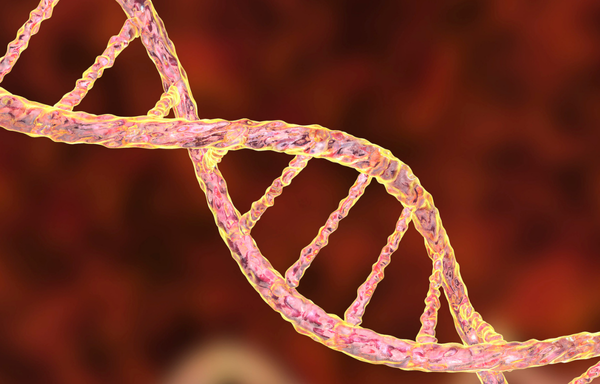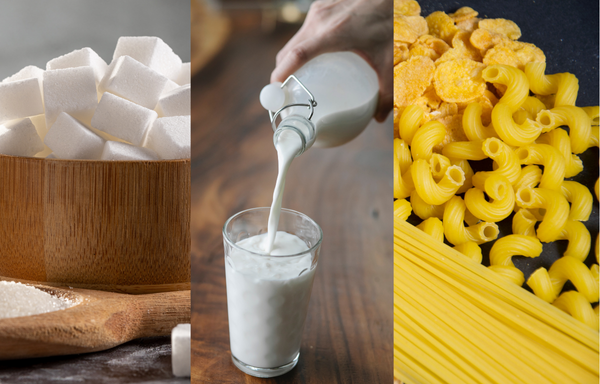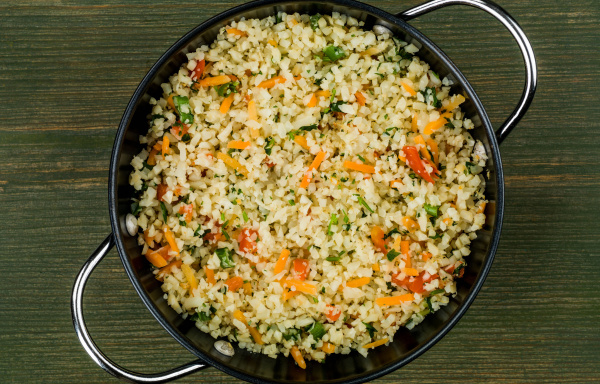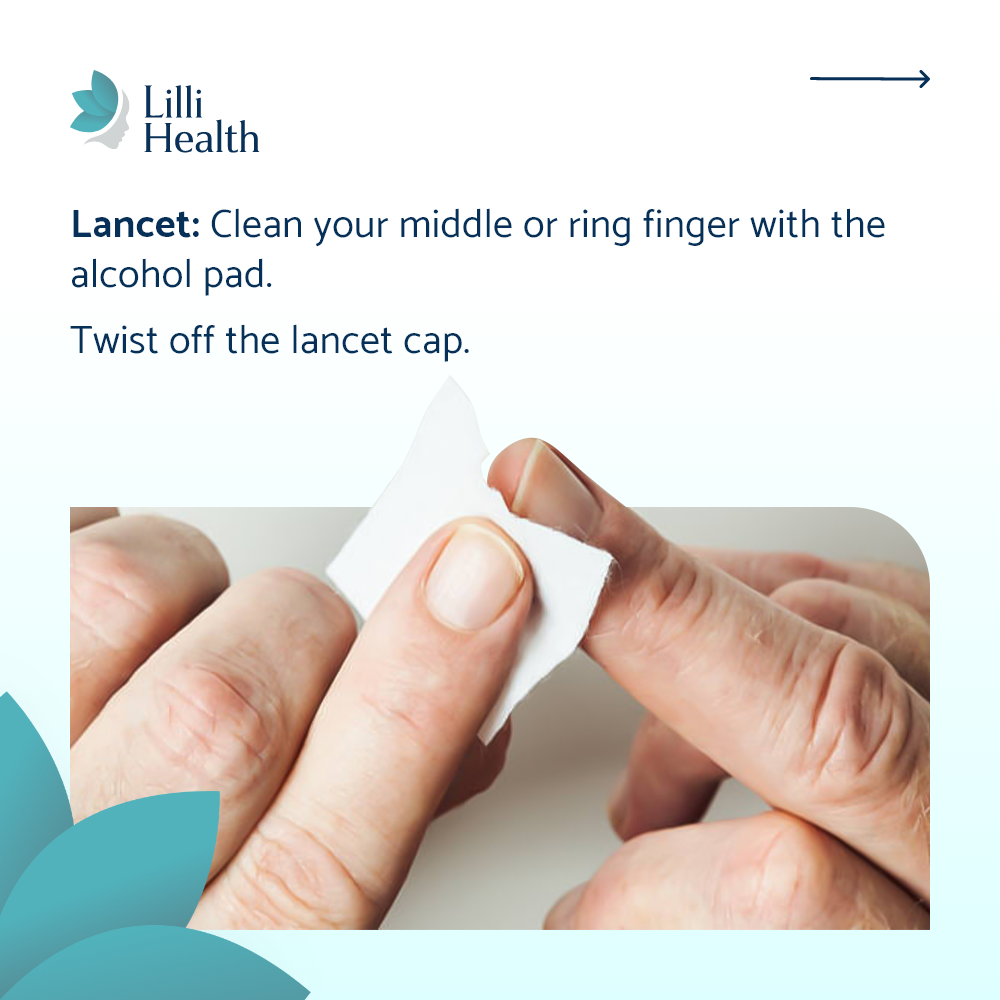

Will Exercise Help Me Lose Weight? The Truth About Exercise and Fat Loss
Exercise is great for metabolic health, insulin sensitivity, cardiovascular function, and overall well-being. But if you’re relying on it to lose weight, you’re focusing on the wrong thing.
Weight loss comes from diet, not exercise.
No amount of running, lifting weights, or doing cardio will make up for a diet that keeps insulin high and encourages fat storage. While movement is essential for overall health, only a change in diet will lead to weight loss.
But there’s another important piece to this: how you lose weight matters. The type of diet you follow determines whether you lose fat or muscle.
Why Exercise Alone Won’t Make You Lose Weight
Many people assume that exercising more will help them shed pounds, but weight loss isn’t just about burning calories. It’s about controlling insulin.
If you’re eating in a calorie deficit but still consuming insulin-spiking foods like sugar and starches, your body is more likely to burn muscle instead of fat. This is why many people who exercise regularly still struggle to see changes in their body composition. They may lose weight, but they’re losing muscle—not fat—which slows metabolism over time and makes it even harder to maintain weight loss.
Another problem? Excessive cardio can backfire. Long-distance running or long-duration cardio sessions often increase appetite, leading to intense cravings for carbs and sugar. Many people end up overeating after long workouts, unknowingly reversing any calorie burn from exercise. In fact, some studies show that endurance athletes tend to carry more body fat than expected because their hunger signals are so elevated.
If you’re exercising for weight loss but constantly find yourself craving carbs, feeling exhausted, or struggling to keep weight off, it’s likely an insulin problem—not a calorie problem.
The Best Type of Exercise for Weight Loss
The most effective type of exercise for weight loss is walking. Unlike long-duration cardio, walking doesn’t overstimulate appetite or cravings. It’s also low-impact, easy on the joints, and incredibly effective at improving insulin sensitivity. Even a short walk after meals—especially after dinner—can help lower blood sugar and insulin levels, reducing fat storage.
Strength training is another valuable tool, but not because it directly leads to weight loss. While lifting weights builds muscle and improves metabolic health, it doesn’t automatically burn fat. In fact, many people start resistance training and feel discouraged when they appear bigger because they’re building muscle underneath existing fat.
This doesn’t mean you shouldn’t do it—strength training is incredibly beneficial for preserving muscle, improving insulin sensitivity, and supporting overall health. But it’s important to understand that building muscle won’t make the scale drop.
How Exercise Supports Insulin Sensitivity (But Not Weight Loss)
One of the biggest benefits of exercise has nothing to do with calorie burn—it’s how it helps your cells clear glucose from the blood without insulin.
Normally, when you eat, insulin is required to move glucose into your cells for energy. But during and after exercise, your muscles can absorb glucose directly from the bloodstream without needing insulin. This means:
- The pancreas doesn’t have to secrete as much insulin, allowing levels to stay lower.
- The liver is able to clear excess insulin from the blood more effectively.
- Overall insulin sensitivity improves, making it easier for your body to burn fat rather than store it.
This is why exercise is important for metabolic health—it allows you to become more insulin-sensitive, preventing insulin resistance over time. But again, this will not cause weight loss unless insulin is lowered through diet.






















